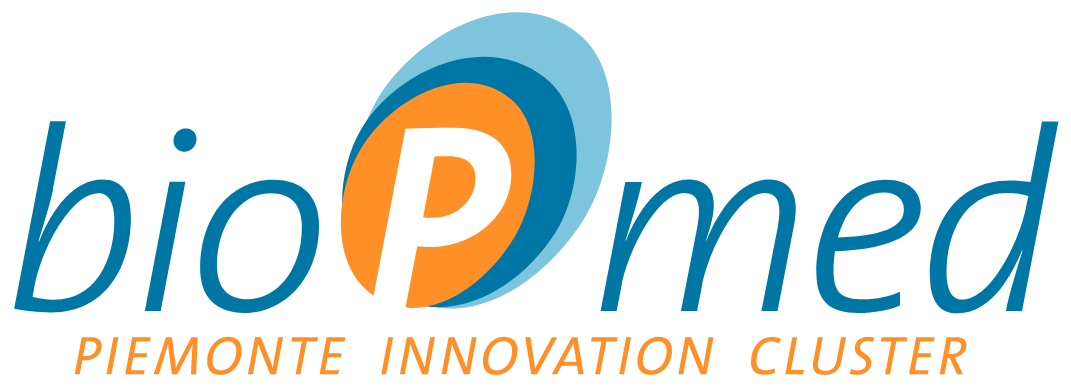Details
Project title: New Technologies NISO
Acronym: NT NISO
Coordinator: Paul Muller, Nisobiomed
Type: Feasibility study
Annuality: Second
TP/LS membership: TecnInn/HMNA2
Lead partner: Nisobiomed
Subjects involved:National Institute of Metrological Research
Status: Completed
Download report »
Abstract: The device produced by Niso Biomed Ltd , Endofaster 21-42, is a totally innovative device for the market, a chemical endoscopy device that integrates and enhances the functionality of the endoscope for the examination of the upper gastric tract. The goal of the NT Niso project was to evaluate the possibilities of integrating Endofaster 21-42 with other technologies aimed at tumor detection.
Contact for further information
Name: Paul Muller
Organization: Niso Biomed srl
Address: via Ippolito Nievo 25, 10153 Torino
Phone: 0112407044
Fax: 0112478263
E-mail: segreteria@nisobiomed.com
Website: www.nisobiomed.com
THE PROBLEM ADDRESSED
The Feasibility Study consisted of two different fronts: first, the architecture and performance of the olfactory system developed by IST and OMEGA were evaluated in order to verify the possibility by Niso Biomed, of a new product line in the area of cancer disease diagnostics and risk factors for cancer forms focused on the diagnosis of childhood neuroblastoma through the detection of specific markers, in urine.
Second, the possibilities of integrating olfactory systems technology into a new version of the Endofaster 21-42 device for gastric juice analysis were evaluated.
In fact, the expected advantage in adopting olfactory systems in the Endofaster Dispoditive lies in the broadening of the parameters-targets to be measured in gastric juice by conducting the analysis very quickly compared to other techniques/methods such as ELISA (a method of immunoassay that can take a long time, in the order of magnitude of hours).
THE ACTIVITIES CARRIED OUT
The following activities took place:
- analysis of the architecture of the olfactory system developed by IST and OMEGA Srl and in particular the sampling system;
- evaluation of the gas sensor system (array composition, choice of components, sensitivity);
- evaluation of the learning and recognition software system and comparison with other commercial software used for such applications;
- evaluation of measurement performance based on the results of clinical trials already conducted by IST and OMEGA Ltd;
- evaluation of measurement performance by repetition of in vitro tests using synthetic samples;
- evaluation of molecular and chemical characteristics of individual targets(literature search on gastroenterology scope target parameters and comparison with physicians, chemists and biotechnologists);
evaluation of potentially suitable commercial gas sensors; - acquisition and preliminary testing on responsiveness of a set of sensors to the selected target that is deemed most likely to be analyzed by the olfactory system. The sensors were tested individually to determine their response to each gas exposure.
PROJECT RESULTS
All these activities carried out in consultation with INRIM and aimed at verifying the possibility of activation by Niso Biomed , of a new product line focused on the diagnosis of childhood neuroblastoma, through the use of the electronic nose on urine, have yielded a number of results. On the one hand, they allowed the critical issues of the system under consideration to be noted from the perspective of industrialization of the technology, identifying needs for redesign and development of the system, and on the other hand, they emphasized the need for further clinical trials.
On the other hand, with regard to the application of olfactory systems on gastric juice, the analyses performed, especially when compared with the near-infrared (NIR) method, yielded convincing and therefore promising results in terms of integration between the technology of EndoFaster 21-42 and that of electronic noses.
PROJECT NUMBERS
- Other Public Partners: INRIM
- Total number of partners: 1
- Number of employee researchers involved: 3
- Duration in months: 12
- Total budget: 38.780 (+ fee INRIM 31.700, 58)
- Funding: 19.390 (+fee INRIM 19.020,35)
- Number of jobs retained at the end of the project: 3
- Number of public researchers involved: 1
